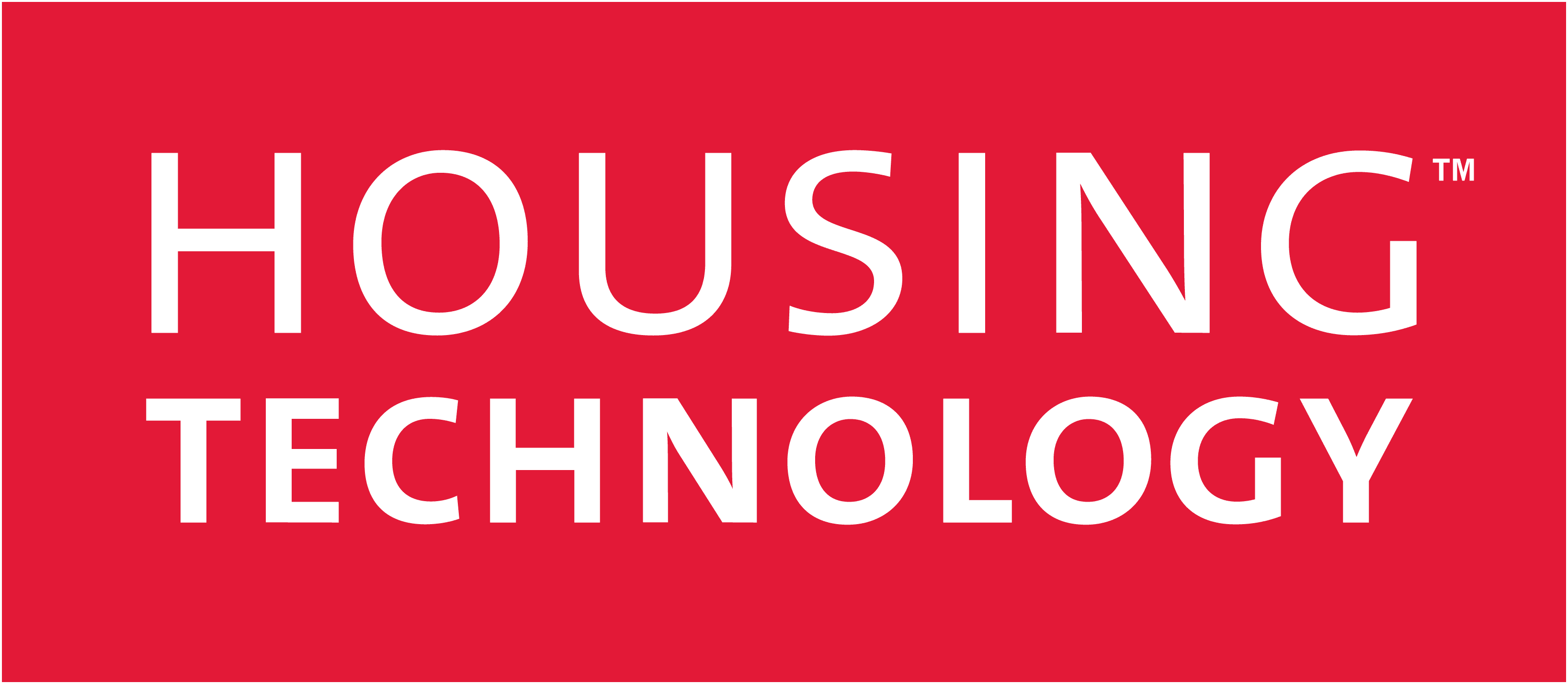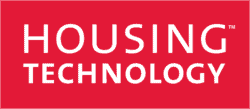Housing Technology interviewed Nick Boon, social housing team manager for the IT reseller ONI plc, about the changing role of IT in social housing and why ONI became involved in the sector.
Tell us about your involvement in social housing
We have always had one or two social housing customers since the mid-1990s, but it’s taken some time for us to develop an appreciation of the sector and its unique challenges. Through our long-term relationships with Swaythling Housing Society (now part of Radian) and Downland and Broomleigh housing associations (both part of Affinity Sutton), we saw the potential of a sector going through significant transformation.
We began a dedicated focus on social housing in 2004, with a service proposition tailored to what we saw as being the main business and technology drivers. The result was that we could demonstrate how a well-planned unified communications strategy could deliver positive results against Government-driven performance criteria.
For example, the Gershon report on public sector efficiency and the Comprehensive Spending Review 2007 both clearly outlined the importance of technology as an enabler of efficiency. It is clear that the Government supports the idea that technology should be part of the strategic plan of public sector organisations to change the pace of innovation and deliver better results faster. After working in the sector for four years, I truly believe that technology should be central to any business’s strategy – I have seen that the most successful housing associations have understood and adopted this concept.
Since focusing on this sector almost five years ago, we have gone from just a handful of customers to supporting nearly 60 social housing customers. Housing 21 is an example of a housing association with which ONI has worked closely. The ‘Converged Network Project’ was designed to help Housing 21 create a unified business culture, improve brand awareness, provide better access to services, deliver cost efficiencies and provide a platform from which to achieve its growth targets. While the solution to these business requirements was delivered using technology, the vision was created by all parties having a common understanding of the Housing 21’s strategic goals.
What percentage of your sales revenues come from social housing?
During our last financial year (April 2007 – March 2008), 22 per cent of our revenues came from social housing customers.
How does social housing differ from other sectors?
As a public sector entity, housing is quite different in that its raison d’être is much more aligned to a specific purpose – i.e. their responsibility for delivering good quality, affordable housing. This recognises that consumers, whether they are the tenants or employees delivering front-line services, are the primary drivers of change. This is driving RSLs to deliver highly-personalised customer experiences using virtual networked business models, giving consumers access to information and services through a choice of channels, at times and from locations convenient for them.
Furthermore, the not-for-profit status of RSLs means that only a small percentage of their revenues are available for spending in areas beyond developing new stock or helping meet the Decent Homes standard. This is why the sector is so exciting because we know that every project we do must have a positive impact on the tenants. The projects in which we get involved are focused on enabling better customer service at the point of delivery, alongside improving back-office processes and information access that in turn allows staff resources to be more accessible at the front line.
How do the technology demands of small and large housing associations differ?
All housing associations are different when it comes to how technology can improve the way they provide their services. While certain technologies are on the rise, which I am sure will be highlighted in the forthcoming Housing Technology 2009 report, I also think that the individual IT requirements of all RSLs need to be subject to strategic review from the top down. This is why technology decisions must be open and flexible and not push associations down one-way streets.
What business trends do you see?
There are several areas that come up again and again as reasons for wanting to review business strategy. These include delivering customer service excellence, achieving key performance indicators, and delivering cashable efficiencies.
But why are housing associations so interested in these particular areas? The answer is growth. Whether it is to manage more housing stock, provide more services or to have a longer reach into the community to benefit more people, growth is the cornerstone for many housing associations today.
What technology trends do you see in the sector?
Technology trends are driven by business trends, with RSLs aiming to improve areas such as communication, customer services, and performance against KPIs, all focused on delivering growth. The technology trends we would particularly highlight are:
- Customer service is driving the proliferation of contact centre technologies, allowing RSLs to integrate multi-channel communications, such as web, telephony, email, SMS and instant messaging, and distribute them to the correct departments and staff. First-time fix can be achieved via skills-based routing, with the delivery of a more personal service via the integration of RSLs’ housing management systems with their contact centre, with tenant records proactively pushed to the agents’ desktops.
- Software as a service (SaaS – as highlighted in the July edition of Housing Technology) will increase, particularly for the smaller RSLs.
- The green agenda is clearly important, translating into areas such as server virtualisation, video conferencing, intelligent building management and home working, all of which also have important business and financial advantages.
- Mobile working will continue to grow, eventually becoming a ubiquitous utility service for RSLs of all sizes.
- Technology projects must be assessed on how they measurably benefit tenants.
- Consideration for the communication preferences and experiences of the so-called ‘Generation Y’ that will be in the workplace by 2012, both in terms of attracting staff and communicating with tenants.
- The provision of broadband to all residences, for the delivery of internet, telephony, security, tele-health, video-on-demand and other services.
How is the role of IT changing within the sector?
Over the last three or four years, we have seen those in IT management having more of a strategic input into the direction of their organisation. I also think it’s clear that management teams are becoming more aware of technology as an enabler, and as such is a strategic part of their organisation – IT is no longer a necessary evil.


